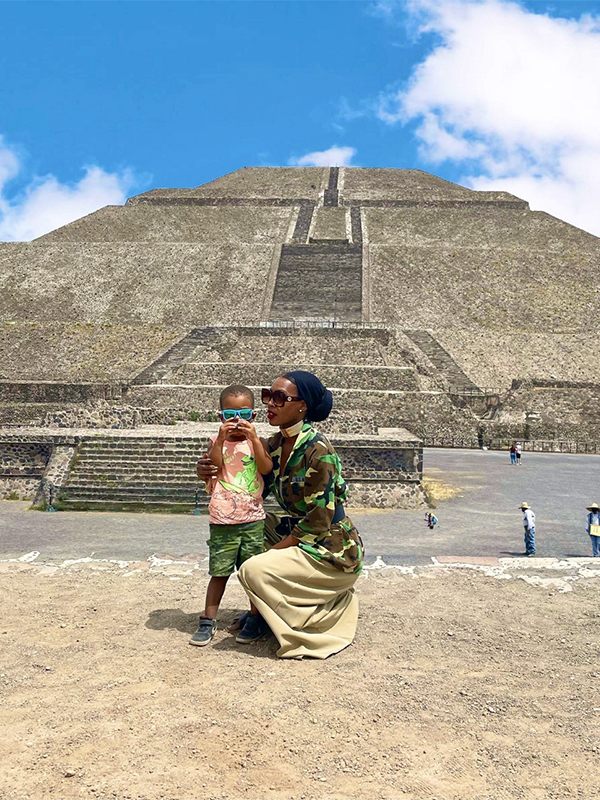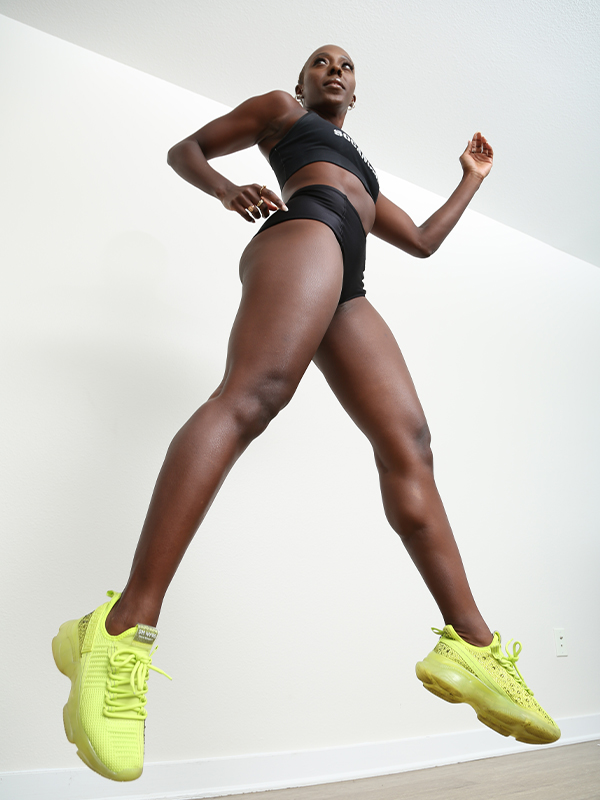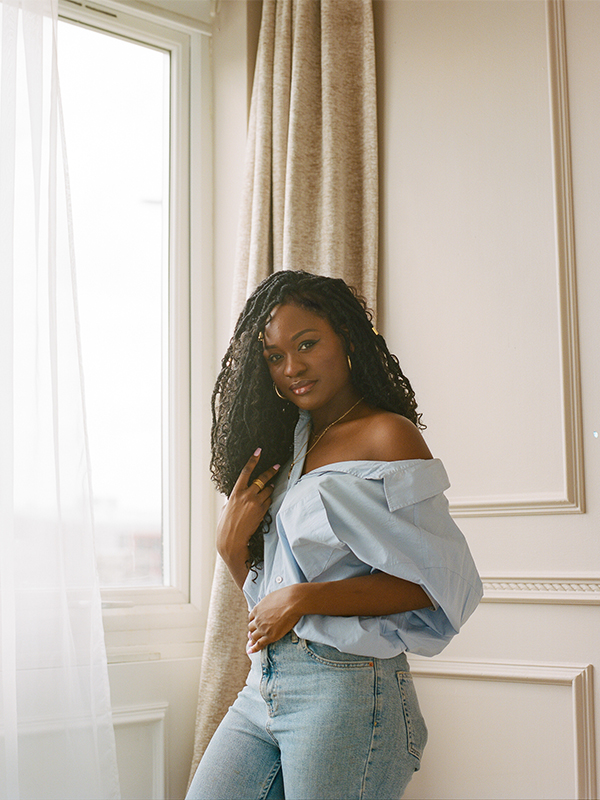Home is much more than a place. I spent my late 20s feeling so displaced in my physical home and my overall surroundings that the concept of what defines “home” shifted for me.
I decided to reframe my reality. In 2015, I boarded a one-way flight to Cairo, Egypt, with less than $400 in my name, no job and a whole lot of trust that there was more to life for me waiting. I never looked back. Since then, I continue to search for “home” in the places I visit. Seven years, five countries and four continents later, I’ve doubled down on this mission: I received my first-ever residency in Mexico.
Mexico was never on our radar to live. It wasn’t because of social media that we landed here. In fact, when the pandemic hit, we lived in Wuhan, China. We ended up experiencing displacement in a way that I could never have predicted. For months, we spent our time between living in Airbnb’s and hotels until other expats informed me that Mexico was open to fly in. It was then that I made the decision that I needed my son to simply be somewhere the sun was shining. I wanted some semblance of normalcy for him during a time when there was so much uncertainty.
Upon arriving in Cancun, Mexico, in June of 2020, I decided to put my son in school to learn the language and build community. The concept of “home” was quickly making itself apparent. He began school at the age of three, but since the other children at this new school primarily spoke Spanish, and he did not, this was going to require adjusting. Thankfully, a lot of the teachers, administrators and other mothers were very attentive to supporting our transition as newcomers to the community. Teachers would give updates and make me feel like everything would be okay—and they were right. Within nine months, he was holding conversations with people in the neighborhood, which also motivated me to speak Spanish and share this journey with my son.
There’s enough anxiety surrounding parenting. Living here has eased some of that stress and has allowed my child moments to be his natural inquisitive, bubbly and adventurous self without threat of violence. He can be as loud as his belly of laughs can hold without it drawing negative attention. And because we have remained in the same area over the years, our community of support has grown at school and within our residential neighborhood to more teachers, administrators, and even new parents joining our collective. I get to go on mommy dates and play dates, and we also support each other’s kids for birthdays and sporting events. It’s definitely the best version of home we could have asked for.
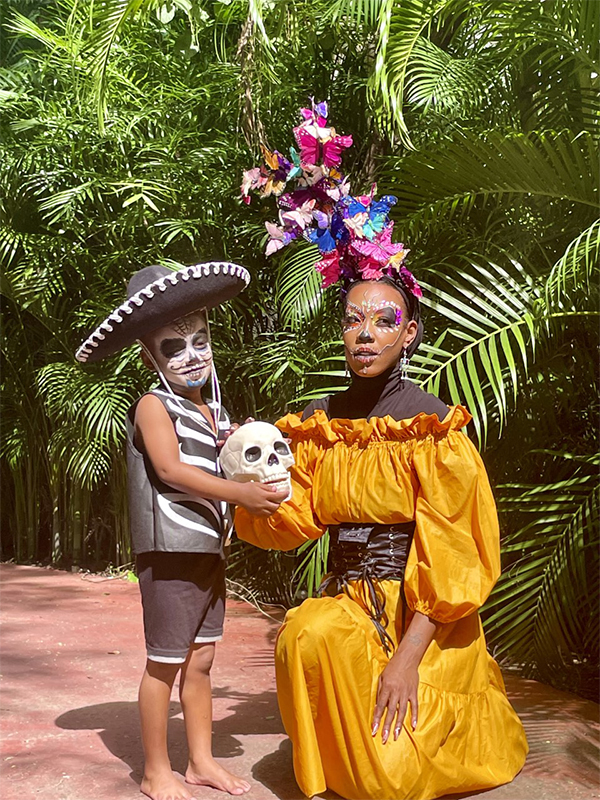
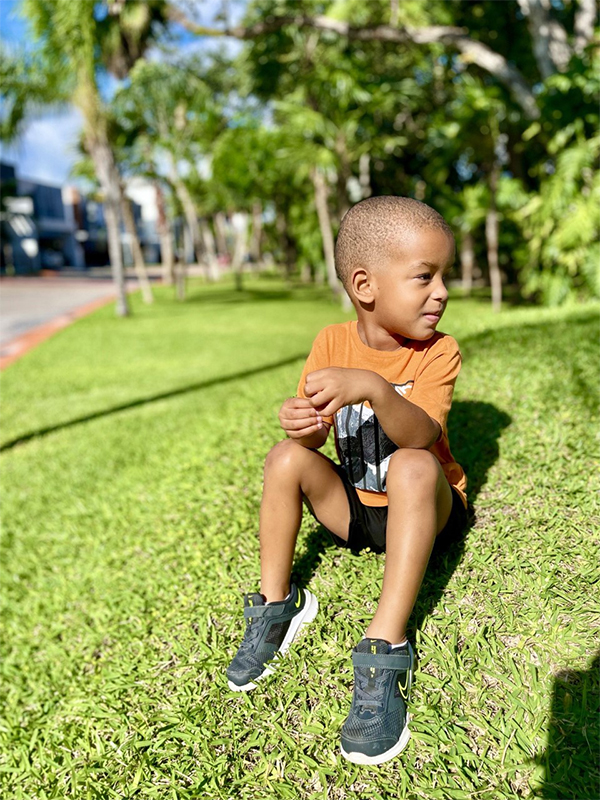
So, within a year, I began looking into the process of residency. And while many confuse this with citizenship, having a residency abroad simply means that you’re entitled to stay in a country longer than what’s required as a tourist. You don’t relinquish your home country’s citizenship to become a resident elsewhere in the world. In Mexico, you can only stay for up to 180 days as a tourist with no visa required, but, with a temporary residency, you can stay for a year in addition to being able to buy a car, get a bank account, and, if you’re interested, buy property. You can also renew your temporary residence visa after one year.
I had to make an initial visa appointment in the U.S., via email, to begin the process. Once they told me what dates were available, I found the English application and filled it out. I booked my appointment in New Orleans because that was the only office with readily available appointments. The bulk of the process is showing how much I make to sustain living and add to the economic growth of the country through a year’s worth of bank statements and my work pay stubs. Both were required at the time of the appointment. This process also required explaining why I wanted to get a resident visa. I explained that I wanted to continue building a community for myself and my son—and eventually buy a home that’s ours. Even though the application space was small, one woman told me to be as detailed as possible because that’s where a lot of people mess up.
The whole process—from the time I dropped off and paid for my application to the time I went back to pick up my passport with part one of my resident visa—took a total of an hour and a half. It was a shorter-than-expected but certainly nerve-wracking waiting period. Each process is different from person to person and while I know people who had to be interviewed, I was not.
I’ve lived all over the world. But this was the first time I felt like I could actually plant roots somewhere. Home is an expansive term; it’s a very intimate part of your own personal journey. For me, it’s not a physical place. Home is a feeling of safety and wholeness. As a traveler, wherever I go, I’ll always pack that with me.
